How Local Sourcing Can Drive Customer Traffic to Your Supermarket

In an increasingly globalized world, the counter-trend of local sourcing emerges as a refreshing reminder of community connections. This term refers to the practice of acquiring goods and services from nearby suppliers, rather than sourcing them from distant locales. When applied to supermarkets, this strategy can drastically enhance the shopping experience, create a unique selling proposition, and foster stronger ties with the local community.
In this blog post, we explore how local sourcing can be the magic ingredient to drive footfall in your supermarket. We delve into aspects like offering value-added products, strategic product placement, and creating appealing product displays, all aimed at attracting and retaining customers in the competitive grocery market.
The Power of Local Sourcing
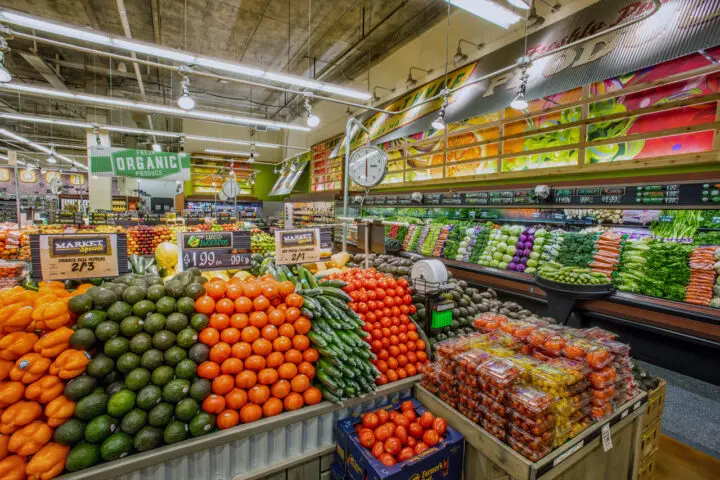
Local sourcing brings a plethora of benefits to supermarkets and their customers alike. It provides access to fresher produce due to shorter supply chains, boosts the local economy by supporting farmers and artisans, and reduces environmental impact by cutting down long-distance transportation.
Moreover, it resonates with an increasingly conscious clientele who prioritize sustainability and community support over mere convenience. By showcasing and promoting locally sourced products, supermarkets can attract these discerning customers, fulfilling their ethical aspirations while setting their store apart in an oversaturated market.
Creating Value-Added Product Selections
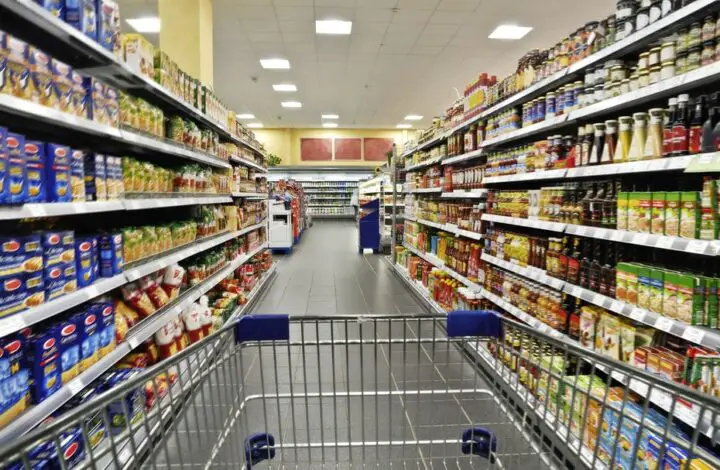
The retail industry thrives on differentiation. With supermarkets, the products on the shelves make all the difference. Offering unique, high-quality items that customers can’t find elsewhere can be a potent magnet for footfall. This strategy takes on a new dimension when supermarkets curate value-added product selections.
By featuring local, organic, artisanal items or products that meet dietary trends like plant-based or gluten-free, supermarkets can entice customers with the promise of quality and uniqueness. In a world where consumers are continually seeking new and engaging experiences, supermarkets that tap into these trends with their product offerings are likely to see a significant boost in their customer traffic.
The checkout area of a supermarket is a space of immense strategic importance. It’s the last touchpoint where you can influence customers’ purchasing decisions. Placing high-impact products in this area, particularly products that have local sourcing stories like locally-made snacks, beverages, or artisanal treats, can significantly increase impulse purchases.
By positioning these products in high-traffic areas, supermarkets create a last-minute opportunity to catch the customer’s eye and encourage additional spending, thus optimizing every square foot of the store for potential revenue.
Utilizing Effective Product Displays
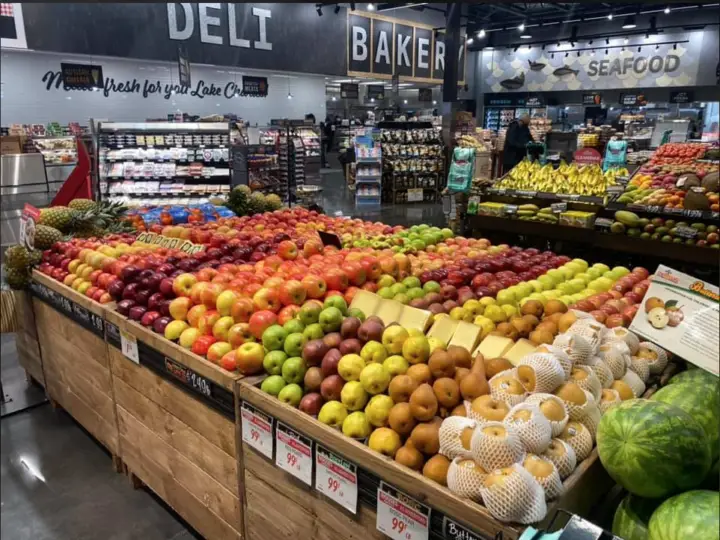
A well-designed product display, such you can find at displaystandsmarket.com, is a silent salesperson. It can guide customers through the aisles, attract their attention, and subtly influence their buying decisions. Effective display techniques include thematic arrangements that tap into seasonal trends or events, interactive displays that invite customer participation, and creative signage that educates and informs.
A supermarket that utilizes these techniques, along with sensory triggers like the smell of freshly baked goods or visually appealing color schemes, can engage customers more effectively, leading to higher sales and repeat visits.
The Role of Marketing and Merchandising

In the competitive landscape of retail, marketing and merchandising hold the key to customer acquisition and retention. Through engaging promotions that offer value, customer loyalty programs that reward repeat purchases, and merchandising techniques that make the shopping experience enjoyable, supermarkets can influence customers’ buying behavior.
When these tactics are combined with a local sourcing strategy, they create a compelling narrative about the supermarket’s commitment to the community and sustainability, thus enhancing the store’s overall appeal and encouraging customer loyalty.
Leveraging Customer Data and Feedback
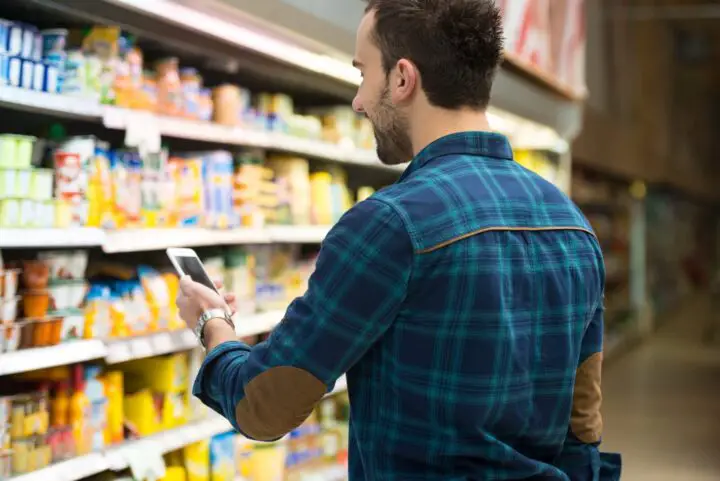
Understanding customer preferences is paramount to any retail business. Supermarkets can tap into a rich vein of insights by leveraging customer data from various sources like loyalty programs, customer surveys, and social media interactions. This feedback can guide supermarkets in tailoring their product offerings, store layout, and promotions to meet customer preferences more accurately. By aligning their strategies with customer needs and desires, supermarkets can create a shopping experience that’s enjoyable, personalized, and likely to drive repeat visits.
Cross-Merchandising Opportunities
Cross-merchandising, the retail strategy of placing complementary products together, presents another opportunity for supermarkets to drive sales. Effective pairings, such as tortilla chips with salsa or wine with local cheeses, subtly suggest combinations to customers and spur impulse purchases. Integrating locally sourced items into these pairings not only highlights these products but also enhances the overall shopping experience, making it more convenient and enjoyable for customers.
Incorporating Local Flavors and Cultural Diversity

Celebrating the local flavor and the cultural diversity of the community can significantly enhance a supermarket’s appeal. By offering a diverse range of products that reflect the culinary traditions and preferences of the local community, supermarkets can create a sense of familiarity and belonging among customers. This strategy of localizing the product range can attract a wider customer base, catering to a variety of tastes and dietary preferences, thereby driving customer traffic and fostering stronger community ties.
Collaborating with Local Suppliers
Partnering with local suppliers and artisans opens up a world of possibilities for supermarkets. Such collaborations can lead to exclusive product offerings, in-store events, and promotions that not only increase footfall but also build relationships within the community. Collaborative efforts like hosting a local farmer’s market, organizing tasting sessions of a local brewer’s selection, or promoting a local baker’s artisanal breads can all serve to draw in customers and create a buzz around the store.
Online and In-Store Integration
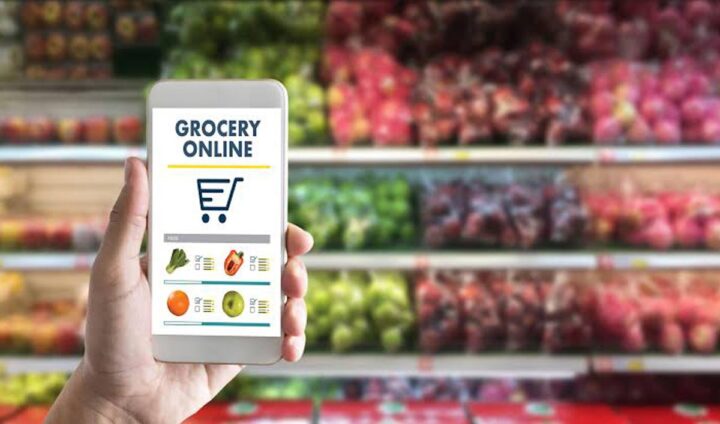
In the era of digital commerce, integrating online and in-store shopping experiences has become a necessity rather than a luxury. Offering services like online ordering with in-store pickup or home delivery, personalized recommendations based on shopping history, and digital promotions can enhance customer convenience and loyalty. By including local products in online offerings, supermarkets can extend the reach of these products and reinforce their commitment to the local community.
Conclusion
Embracing local sourcing, coupled with strategies like offering value-added products, strategic product placement, effective marketing and merchandising, can significantly enhance customer traffic and loyalty for supermarkets. By collaborating with local suppliers, incorporating local flavors, and offering an integrated online and in-store experience, supermarkets can carve a unique space for themselves in the competitive grocery market. As consumers increasingly seek out experiences that align with their values of sustainability and community support, local sourcing can offer supermarkets an opportunity to connect with customers on a deeper level.

